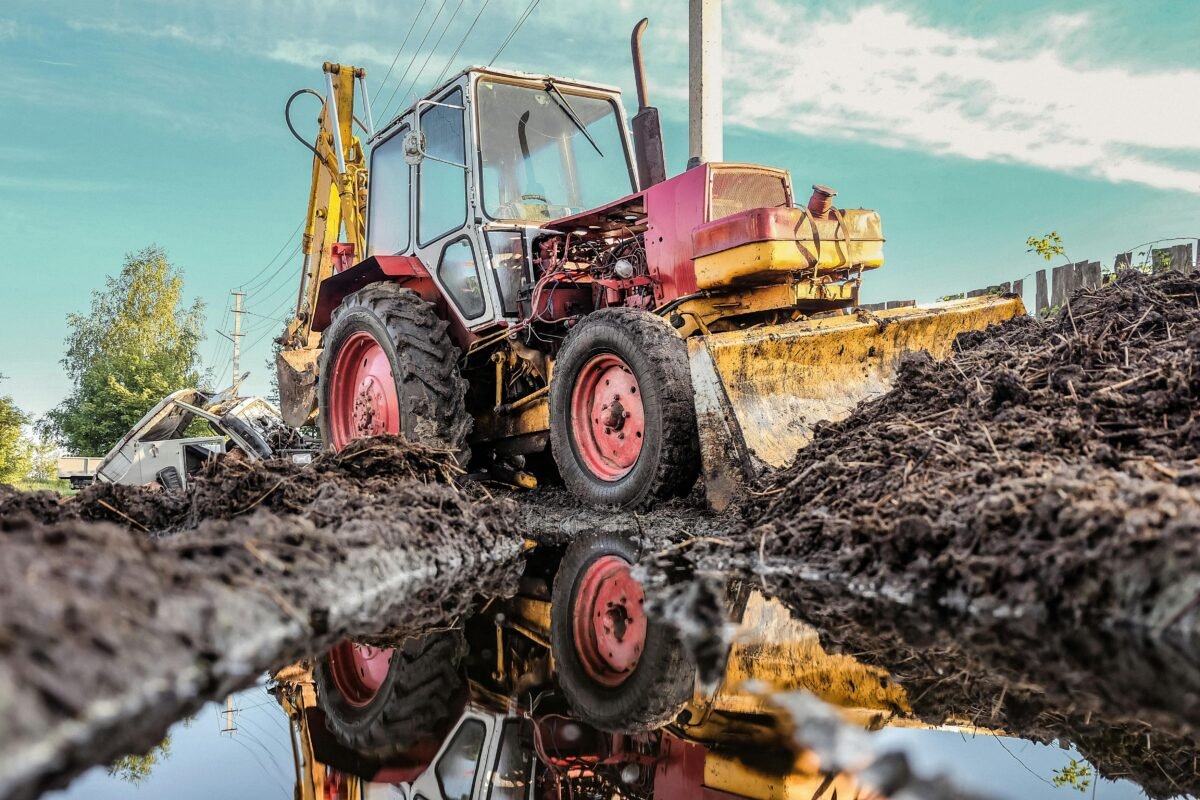The concept and idea of ‘lifestyle’ has undergone notable transformation over the time, evolving from fundamental survival tactics to complex patterns of behavior that define individual and collective identities. The history of lifestyle is deeply intertwined with the broader narrative of human development, mirroring changes in social structures, economic systems, and cultural norms.
From Agrarian to Industrial: A Shift in Living
The transformation from agrarian to industrial societies represents one of the most significant transitions in human history. This shift not only altered the physical landscapes with the expansion of cities and the decline of farmlands but also revolutionized social structures and individual lives.
The Industrial Revolution introduced new technologies and manufacturing processes, which in turn created a demand for labor and spurred urbanization. As people moved to cities, they encountered diverse cultures and ideas, leading to a more dynamic social fabric. This period also saw the birth of the modern consumer society, as mass production made goods more accessible and advertising fueled demand.
While this transition brought about economic growth and technological advancements, it also introduced new challenges such as environmental degradation and the need for social reforms to address the conditions of the working class. The legacy of this shift continues to shape our world today, influencing everything from global trade patterns to individual lifestyle choices.
Modernization and Its Ripple Effects
The process of modernization, indeed, marked a significant transition in human history. It fostered the rise of individualism, altering the fabric of social relationships and the structure of societies. The move from agrarian to industrial economies not only revolutionized the means of production but also reshaped human interactions and societal norms.
As cities expanded and populations became more diverse, the traditional bonds of kinship and community loosened, giving way to new forms of social organization and governance. This evolution has continued into the present, with technology and globalization introducing new dynamics and challenges, further transforming the ways in which societies function and individuals interact.
The impact of modernization is evident in the complex, interconnected world we live in today, where the pace of change shows no signs of slowing down.
The Cultural Tapestry of Modern Lifestyles
The concept of lifestyle as a form of self-expression and value alignment is indeed a hallmark of contemporary society. The choices one makes in their daily life – from the food they eat, the clothes they wear, to the way they spend their free time – can be seen as reflections of their personal beliefs, aspirations, and cultural influences.
The advent of global communication networks has exponentially expanded the horizons of these choices, enabling the cross-pollination of cultural practices. This has given rise to a global mosaic of lifestyles, where traditional boundaries are blurred, and new, hybrid forms of living emerge.
As a result, individuals can now curate their lifestyles in ways that were not possible before, picking and choosing from a global catalog of practices and symbols to create a personalized narrative of who they are and what they stand for. This phenomenon underscores the fluidity and diversity of modern identity construction, where lifestyle choices become a dynamic and evolving form of personal storytelling.
Impact on Society: Progress and Strain
The evolution of lifestyles has indeed had a profound impact on society, both positive and negative. The advancements in technology and globalization have fostered unprecedented economic growth and spurred innovation at a pace never seen before. They have also expanded individual freedoms, allowing people to connect and communicate across vast distances, and to access information and opportunities that were once out of reach.
However, this progress has not come without its costs. The strain on our natural environment due to increased consumption and waste is a growing concern. Health issues associated with modern sedentary lifestyles are on the rise, and the shift away from traditional community structures has led to a sense of disconnection for many. As society continues to evolve, it is crucial to find a balance that promotes sustainable growth while mitigating the adverse effects of these changes
Looking Ahead: The Future of Lifestyle
As we look to the future, it is clear that lifestyles will continue to evolve in response to technological advancements, environmental concerns, and shifting social values. The ongoing dialogue between tradition and innovation will shape the lifestyles of tomorrow, influencing how we live, work, and interact with one another.
In conclusion, the history of lifestyle is a reflection of humanity’s adaptive nature and its relentless pursuit of progress. As lifestyles continue to impact modern society, they serve as both a mirror and a catalyst for change, challenging us to consider the kind of future we wish to create.









